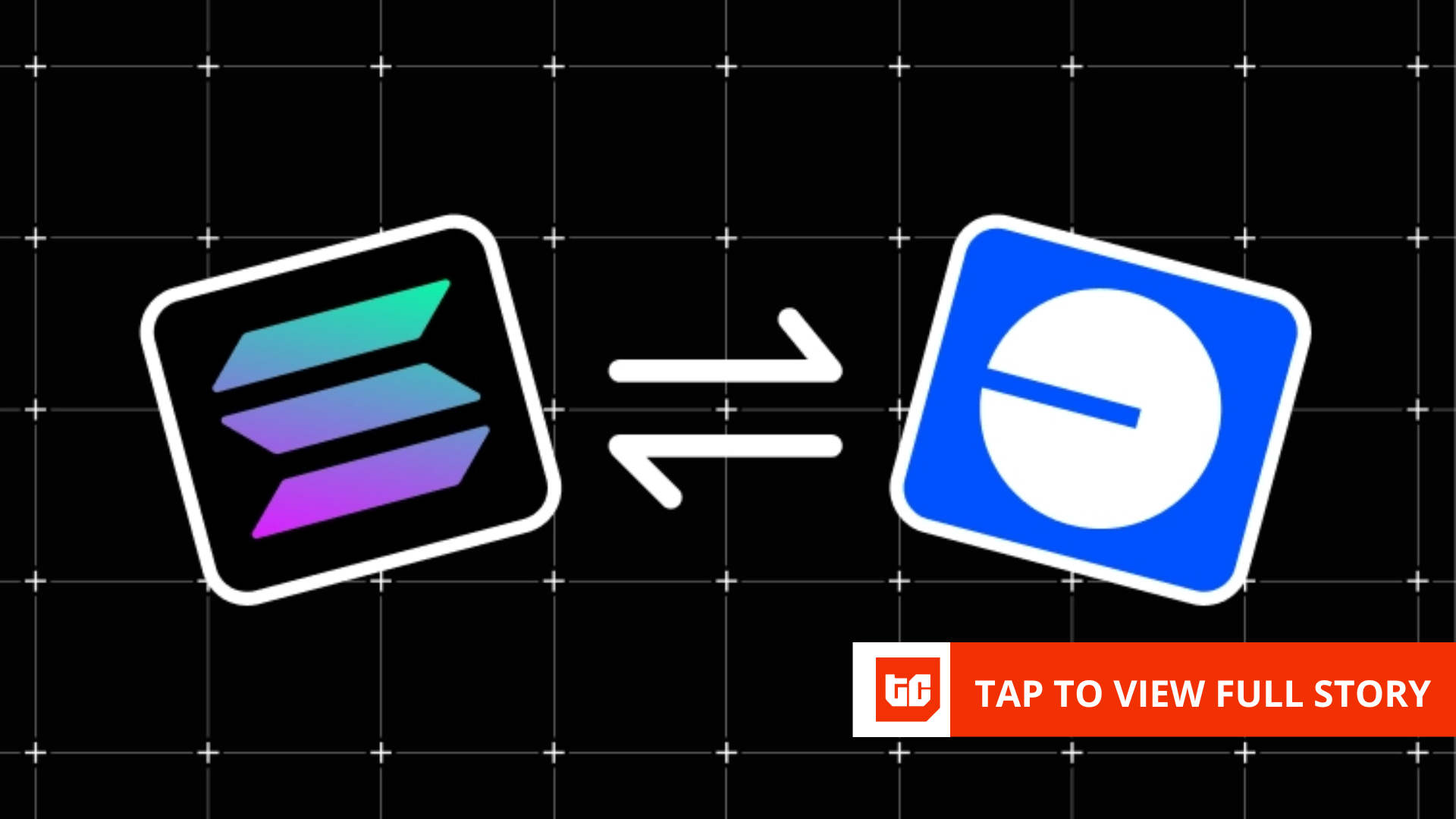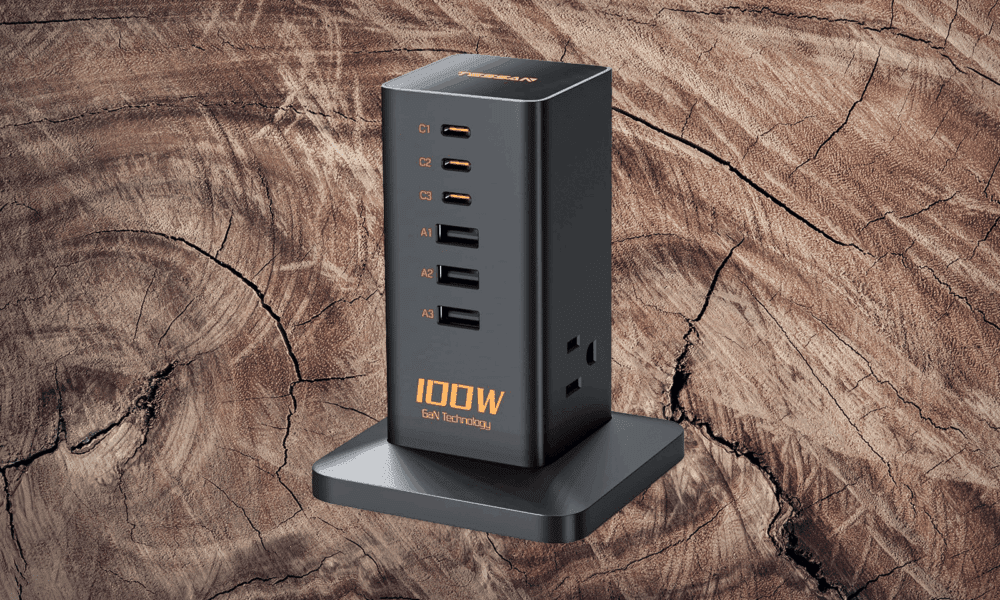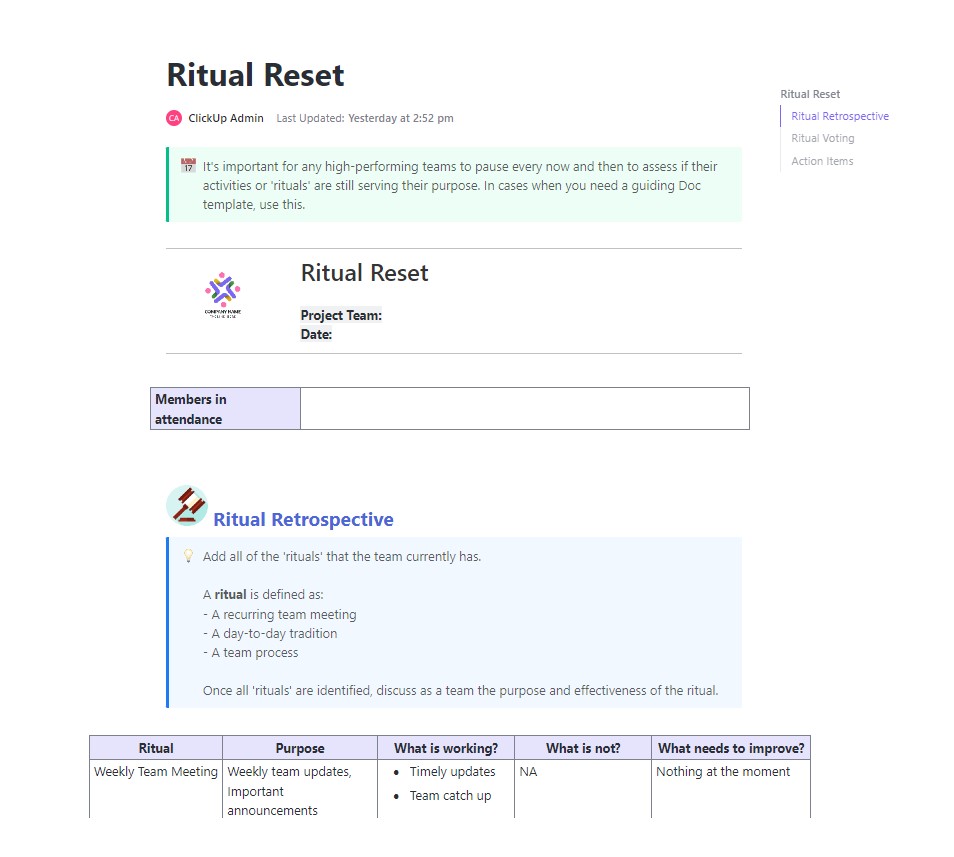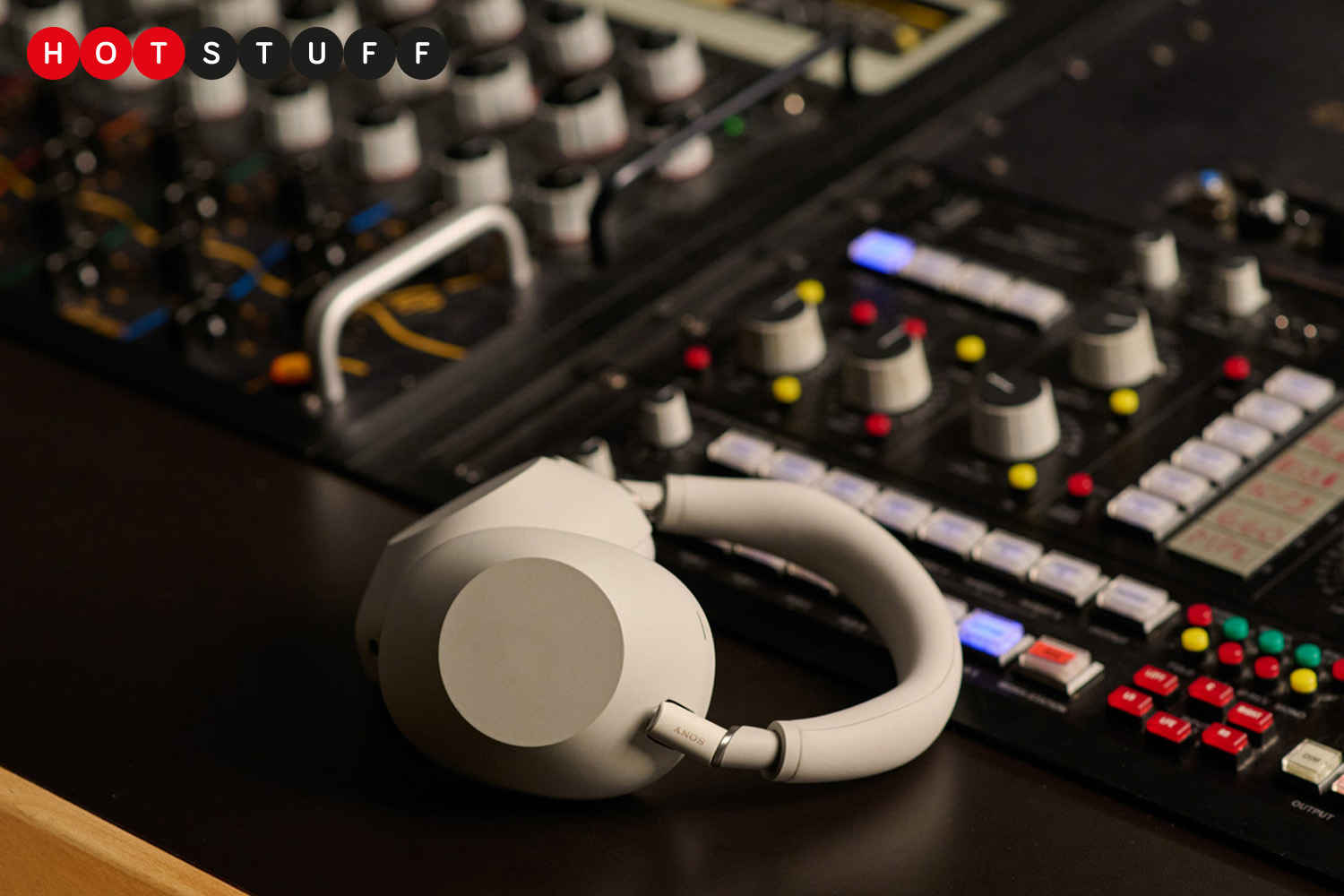On September 15, Base, the layer-2 (L2) blockchain owned by US crypto firm Coinbase, announced an open-source bridge that connects its network to Solana, the layer-1 (L1) network. The bridge, which is currently being tested and will be live in a “few weeks,” will allow crypto tokens to move directly between the two blockchains without routing through an exchange, reducing the risk of lost funds and expanding access for users and startups.
Base has grown rapidly in 2025, with total value locked (TVL) reaching $5 billion and a stablecoin supply of $4.5 billion. Solana remains one of the largest blockchain networks in crypto, recording 2.2 million daily active wallets in Q1 2025, up 60% year-over-year (YoY), and a peak of 120 million monthly active addresses in 2024.
Between them, Base and Solana handle more than $220 billion in crypto trades every month, driven by Solana’s high throughput and dominance in trading and Base’s growing on-chain activity. A bridge between the two blockchains will expand liquidity access, making it easier for users, traders, and developers to move crypto assets and participate in markets across both networks.
Why bridging between these two chains matters
Until now, moving crypto assets between Solana and Base typically required going through exchanges or third-party bridges such as Wormhole or LayerZero, which depend on custodians or multisignature validators. But sending tokens directly across the two blockchains without a bridge—for example, transferring USDC from a Solana wallet straight to a Base address—would result in permanent loss of funds.
The bridge solves that problem by locking assets on one side and issuing equivalent assets on the other. The process ensures asset transfers between Solana and Base become homogeneous.
David Salami, CTO of Hyperbridge, a blockchain interoperability protocol built by Polytope Labs, said the move also highlights a deeper issue in bridging systems.
“Trusted bridges like LayerZero and Wormhole rely on multisignatures or custodians, which means users must depend on a third party for security,” said Salami. “In a highly adversarial environment like crypto, that model does not scale. Coinbase [Base] built its own bridge because it did not want to entrust user funds to someone else’s system.”
It remains unclear whether Base’s new bridge will be fully trustless, meaning one that verifies transactions directly on-chain without relying on third-party custodians or multisignature signers. Base has not released full technical details, and the code is still in testnet. That leaves open the question of how much users will need to trust intermediaries in the bridge’s design.
What changes for startups and users
Liquidity is the immediate prize. Liquidity refers to the pool of money in the system. Larger pools lead to steadier prices and lower costs for trading. By connecting Base and Solana, the bridge combines two markets, making it easier for exchanges, traders, and market makers to operate at scale.
Cross-chain transaction volume surged from $18.6 billion in September 2024 to $50 billion by November 2024, a 188% increase, and has remained steady in 2025. Average fees on existing trusted third-party Solana bridges, including Base’s, cost up to 0.2% per transaction, but well below traditional exchange costs.
“Base wants Solana traders to be able to trade on Base too,” said Divinegift Soetan, founder of Importa, a Nigerian social commerce platform built on Base. “That brings liquidity into Base. It matters most for products that want to reach across chains.”
Startups building multi-chain products gain the ability to attract users from both ecosystems without duplicating their engineering work. Applications that need liquidity, such as decentralised exchanges (DEXs) and lending markets, are best positioned to benefit.
“A bridge can simplify settlements for multi-chain platforms,” said Emmanuel Onyo, CEO of Nigerian crypto exchange Azawire. “Teams must also account for per-transfer fees, which remain a cost that can affect low-margin products.”
Users gain access to applications on both blockchains without leaving their preferred environment. A Solana wallet holder can now use services on Base, while an Ethereum user can tap into Solana’s low-cost network.
Base is positioning the bridge as a step toward making crypto apps more connected and less fragmented.
Crypto’s interoperability plan
The bridge signals a shift in crypto toward interoperability. Like traditional finance, when payment channels are not interoperable, it creates a patchwork quilt that makes transferring digital assets across multi-chains a painful process.
The Base bridge could also make it possible to test transaction recalls between blockchains that previously did not interoperate. Most crypto transactions have been final and irreversible. If funds were sent to the wrong wallet or network, they were usually lost, similar to sending money to the wrong bank account in traditional banking.
The difference is that traditional banks can sometimes reverse mistakes, but blockchains usually cannot. Ethereum-compatible layer-2 blockchain networks have been experimenting with ways to reverse erroneous transactions, reducing risk for users.
“I’ve lost money before making a simple mistake, and that’s always been the risk in crypto,” said Franklin Peters, CEO of Boundlesspay, a Nigerian crypto remittance startup. “This bridge could make recalls possible, helping users recover from honest errors as the technology becomes more user-friendly across L1 and L2 chains.”
With a bridge connecting a layer-1 and a layer-2 network, this kind of safety feature can now extend to blockchains that didn’t have it before, easing the perception around crypto transactions being too technical and risky. However, transaction recalls and disputes can also lead to another problem: chargeback fraud, which has long plagued the traditional finance space. Yet this is only speculative.
“Chargebacks are only possible on centralised platforms,” said Peters. “In crypto, only honest mistakes can sometimes be fixed, not payments to others. This protects the integrity of crypto while giving people some recourse, keeping fraud out.”
Chargeback fraud is not a problem on blockchains because of the notion of finality. Merchants can always wait for finality of transactions before recording a payment as completed, said Salami.
The Base–Solana connection is a milestone for liquidity and user access. Its success will depend on how quickly startups adopt it, how securely it operates, and whether new consumer protections can be introduced without undermining the promise of fast and final settlement.
Mark your calendars! Moonshot by is back in Lagos on October 15–16! Meet and learn from Africa’s top founders, creatives & tech leaders for 2 days of keynotes, mixers & future-forward ideas. Get your tickets now: moonshot..com










